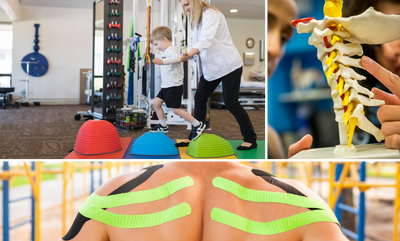
What Does the Evidence Say About Foam Rolling?
Foam rolling is a technique that helps improve range of motion, flexibility, and functional mobility. Foam rollers are widely used in therapy, fitness centers, and for personal use. There are many benefits to using foam rollers to help individuals reach their individual goals. However, what does the evidence say about foam rolling? Studies have shown that foam rollers aid in self-myofascial release and can improve joint range of motion without decreasing muscle performance (Cheatham SW et al., 2015).
Although they are typically used during warm-up or recovery, foam rollers can be used anytime during the training session. Studies reinforce the assertion that using a foam roller before a workout increases short-term improvement in flexibility without sacrificing muscle performance (Wiewelhove et al., 2019). In addition, using this method at the end of a workout will reduce pain and therefore increase the likelihood of doing the activity again.
What can a foam roller do?
Foam rollers can minimize delayed onset muscle soreness, stimulate the central nervous system, restore tissue hydration, and enhance circulation. In addition, research suggests that using foam improves communication between the muscular and the nervous system, leading to better neuromuscular function. (G. Cole, 2018)
Is foam rolling for everyone?
No. Nevertheless, there are some promising benefits to using them. Healthcare and rehabilitation are personal and require a specific care plan tapered to each individual. As with most things, there is no "one size fits all" program for self-myofascial release (Cheatham et al., 2015). Consult with a healthcare professional or qualified trainer to help develop and manage a program specialized for each individual.



